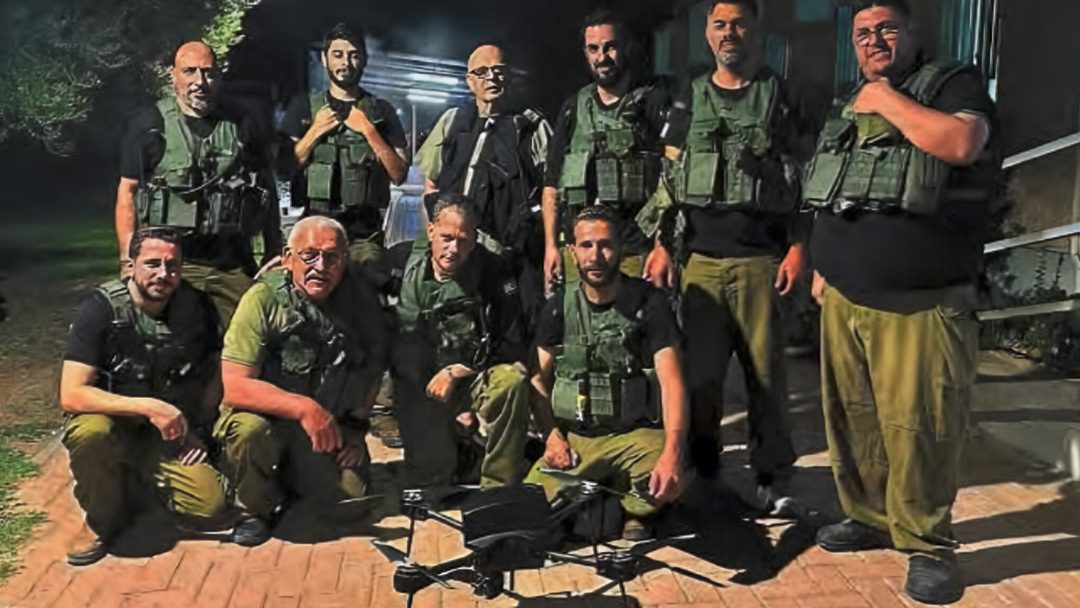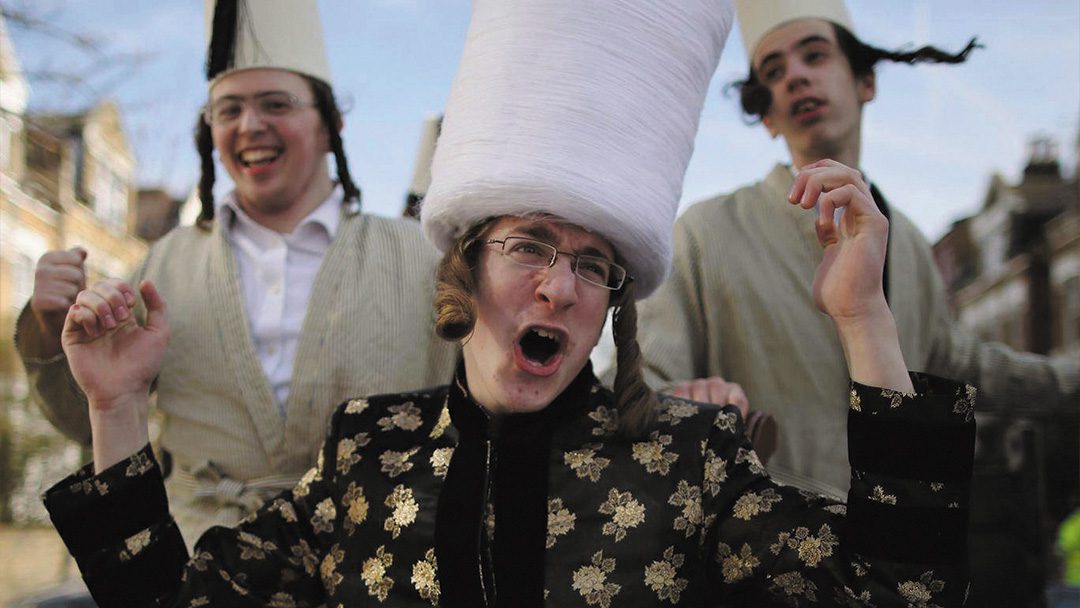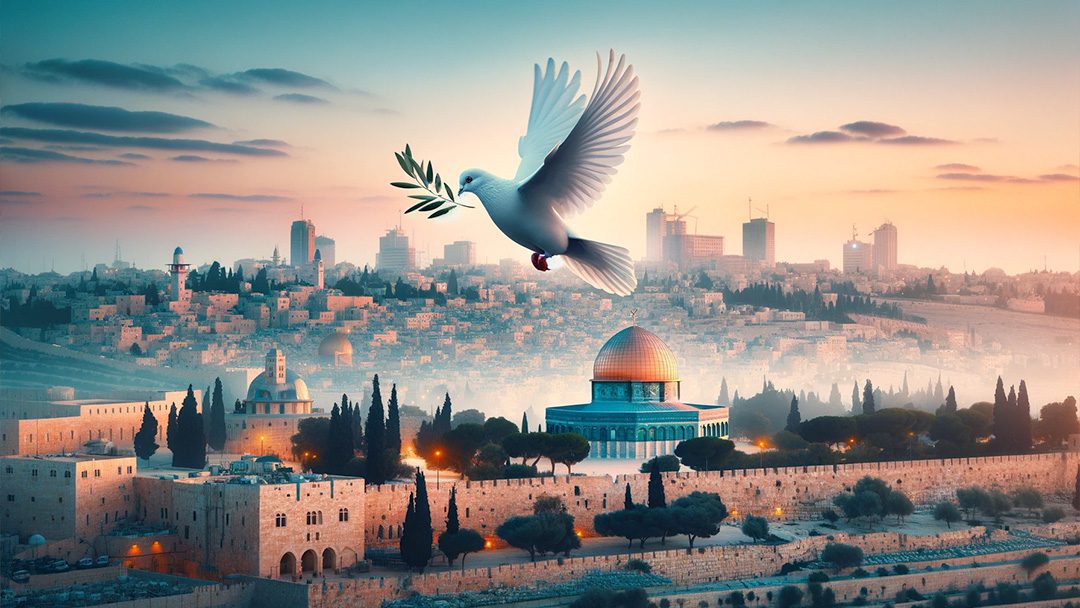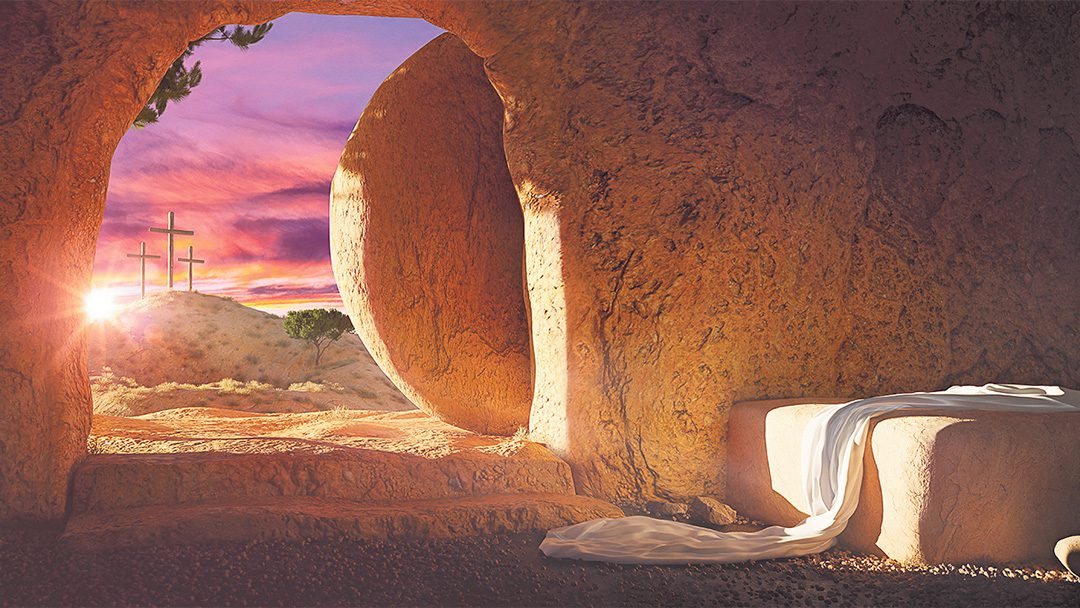Our Jewish Style Wedding
In March this year I met a very special young lady named Sarah and on November the 11th we tied the knot in a beautiful garden in Toorak, Melbourne. While neither I nor my lovely wife are Jewish, we decided to do our wedding Jewish style and it was a learning experience both for us and for our family and friends in attendance.
In this short article, I would like to take you through our experience of a modern Jewish style wedding and explain the meaning behind its main symbols.
The Canopy / Huppa
Sarah and I got married under a white canopy nestled beneath the branches of a magnificent tree. This canopy is an essential ingredient in Jewish weddings and is known as a huppa. Our huppa was borrowed from a local Messianic congregation and setup with the help of some of our friends (it required extra work to ensure it didn’t topple over with a gust of Melbourne wind!). Staying true to Jewish tradition, our simple but stylish canopy was left open without walls on any of its sides–symbolising the importance of hospitality in our new household.
The nature of the covering material of the huppa varies in Jewish weddings, but we opted for the tradition of covering it with the ‘tallit’ or Jewish prayer shawl. Numbers 15:38 commanded the Jewish people to wear such a garment in order to ‘remember all the commandments of the Lord and do them’. Getting married under the canopy of the tallit was therefore to us a symbol of placing ourselves in subjection to God’s commandments.
Often the groom’s prayer shawl is used, symbolising that the bride is coming under his covering. This is reminiscent of Ruth asking Boaz to spread the cover or wing of his garment over her (Ruth 3:9 – a phrase pointing to the prayer shawl). While Sarah and I got married in a way that symbolises coming under my covering, we both recognise that Jesus/Yeshua is our true covering. He is the only One who has perfectly kept God’s commandments—and it was important for us to come under His protective wings for refuge and blessing as we start our marriage together.
Encircling the Groom
As the wedding ceremony began, Sarah proceeded to walk down the aisle in a stunning white dress. Arriving at the canopy where I was waiting, she then proceeded to walk around me in deliberate and slow circles. As she kept on going in circle after circle, one of the ladies in the audience was overhead asking ‘how many times is she going to do this?’. The answer is that she went around me 7 times—and I helped keep the count!
Jer 31:22 talks about a woman encircling a man in the context of Israel returning to being faithful to their covenant with God. This is the foundation for the rabbinic tradition of a bride walking around her groom—and the number 7 represents completeness, fullness and also the making of an oath.
The Kittel
Sarah was not the only one to wear white on this day—I also was clothed in a white garment reaching down to my thighs, known as a ‘kittel’. This garment may look unusual at first glance—one of our wedding guests actually wondered if I was wearing a butcher’s coat!
Although the kittel is a fairly simple and plain white garment, it carries great weight in Jewish tradition. It is worn for the first time by a Jewish man on His wedding day and afterwards He will only wear it on the most holy occasions of the Day of Atonement and Passover.
The tradition of the kittel points back to the days of the Temple and the ancient priesthood. On the holiest day of the Jewish calendar—and only on this day—the High Priest would enter the Holiest of Holies to intercede for the nation. On this day, he would lay aside his elaborately decorated garments, and wear a simple, white linen tunic as he entered God’s very presence.
A groom wearing a kittel on his wedding day symbolises therefore the tremendous sanctity of the moment. It also represents him becoming a priest in his own home—bearing responsibility with his wife to pray for and minister to their household.
Cups of Wine and the Shattered Glass
Twice during the ceremony, Sarah and I shared a cup of wine. It represents the setting apart of the two of us to our marriage relationship—and in many ways relates to the New Testament institution of communion. In this way, communion not only represents the shed blood of our Saviour, but our setting apart for Him as a bride for her groom.
After partaking of the wine, I placed a wrapped glass on the ground and smashed it with my foot. Jewish tradition explains this act as symbolising grief over the destruction of Jerusalem. Ps 137:6 talks about placing Jerusalem over one’s highest joy—and as such the smashing of the glass represents a seeking first of God’s kingdom and a prayer for its full manifestation on earth—even in the midst of the joyful celebration of a wedding.
An alternative explanation of the glass being smashed is that it represents the cup of the covenant that we just drank. It being smashed symbolises that no one else is to partake of this covenant and that it remains exclusively between the two of us.
The Ketubah
While Sarah and I signed the relevant legal documentation at the end of our wedding ceremony, we also signed an additional elaborately decorated document known as a ketubah. A ketubah is a written wedding covenant detailing the promises of bride and groom to each other and the Biblical foundation for the marriage. It is often placed on prominent display in the new household of the bride and groom—as a very visual reminder of the promises made and the covenant which serves as a basis for their union.
Summary
Marriage is truly a sacred covenant made before God with the witnesses of friends and family. Perhaps one day you too will get to experience a Jewish wedding first hand—and if so, I hope that this article has given you a better understanding of its rich symbolism and deep traditions.












0 Comments